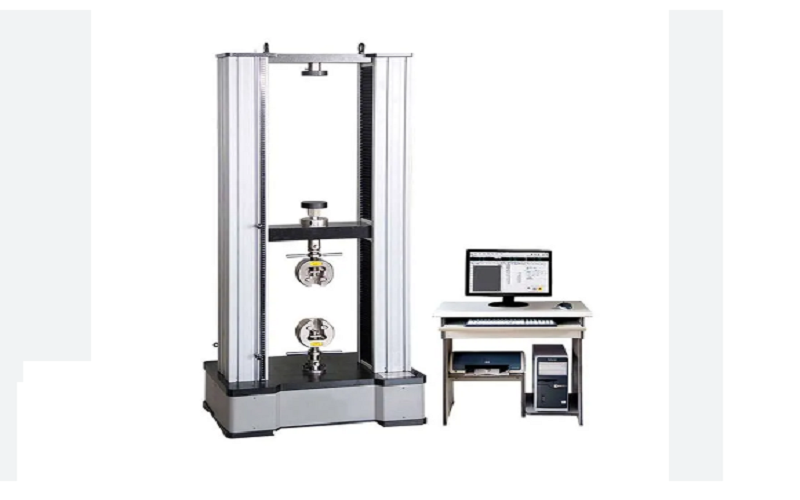Tensile or universal testing machines (UTMs) are employed for material/component testing as well as determining the physical (mechanical) properties of materials. The two primary variables are length and force, since force causes a change in length. Additional measurable variables, such as temperature, can be noted and connected to length and/or force. Tensile Testing Machines India is frequently used for validation of designs and quality monitoring of assemblies, workpieces, or whole products, in addition to determining material properties.
Different Types of Tensile Testing Machines
Tensile testing comes in a variety of forms based on the type of material. It consists of Peel/Bond/Adhesion Strength, Tear Resistance, and Crimp Joint Pull-off Force.
What Benefits Does Tensile Testing Offer?
Tensile testing data guarantees the integrity and security of materials, parts, and finished goods. It aids producers in guaranteeing the caliber and suitability of their finished goods.
Tensile Testing is Beneficial:
- To evaluate the product’s quality
- To assess manufacturing uniformity
- To fulfil industrial objectives and lower material costs
Applications for Tensile Testing
Tensile testing machine is employed in various sectors. This is employed to guarantee the components quality, material quality as well as finished goods. Some of the materials that can be tested for durability using this machine are paper, metal alloys, textiles, and other basic materials. Armed with this information, you may easily choose the best and most dependable solutions for your product.
Below are a few sectors where this lab testing tool is crucial:
- Automotive Industry
- Electrical and Electronics Industry
- Beverage Industry
- Construction Industry
- Medical Industry
- Aerospace Industry
- Paper and Packaging Industry
- Plastics and Rubber Industry
- Pharmaceuticals Industry
- Textiles Industry
The components of a standard tensile testing apparatus include a motor system, specimen grips, load cell, extensometer, crosshead, and electronics. Testing software manages it by defining safety and machine settings and storing test parameters that are mandated by testing standards like ISO and ASTM.
How Do I Operate a Tensile Testing Device?
An operator loads a specimen into the machine’s two specimen grips to conduct a tensile test. The operator chooses the appropriate rate of movement depending on the material type upon loading the specimen. Post, the specimen is disassembled till the break point. The extensometer would electronically trace the movement on a graph while recording the distance travelled. Once done, the graphic results are assessed to know the behavior and characteristic of the material.
They are divided into two sections:
- The load-producing apparatus, which has a stationary and a mobile head, can be a servo mechanical, servo hydraulic, or pneumatic.
- The electronic load plus displacement measuring instrument controls how much load is applied and creates the diagrams which explain the specimen’s response.
Conclusion
With consideration for testing capacity, applications, material types, and industry standards like ASTM D638 for plastics, ASTM D412 for elastic materials, ASTM E8 for metals, and many more, Tensile Testing Machine India is especially made to satisfy client needs. Every universal testing machine is designed and built with an emphasis on offering a high level of flexibility via ease of operation, straightforward adaptations to customer- as well as standard-specific requirements, along with future-proof expansion capabilities that evolve with your needs, in addition to overall system reliability and security.



